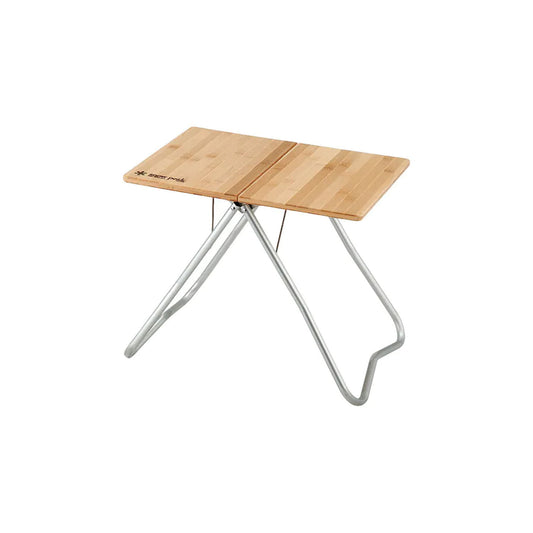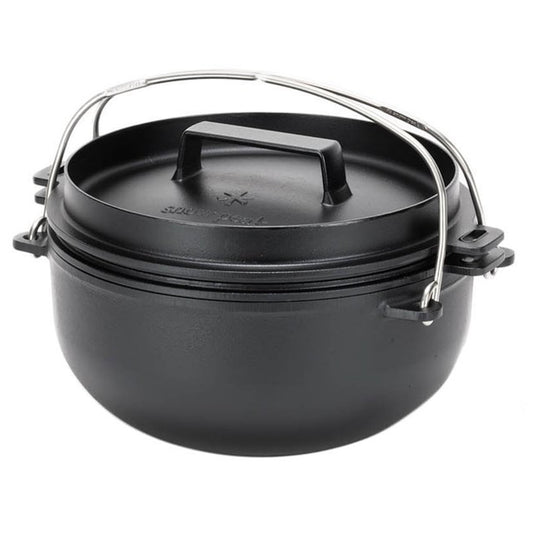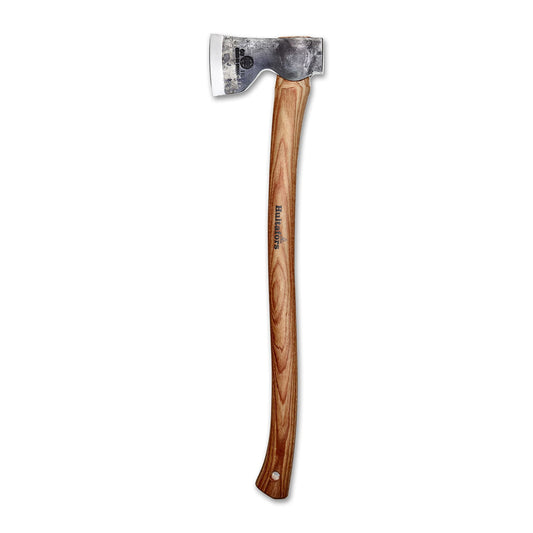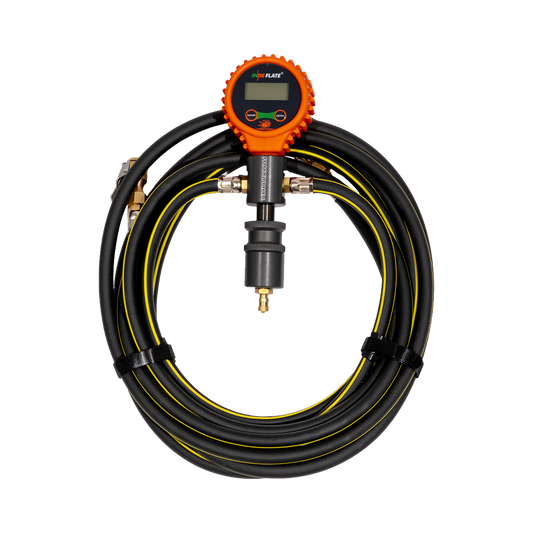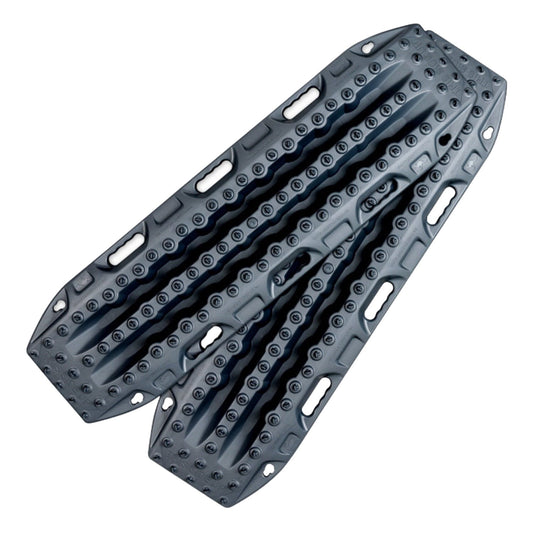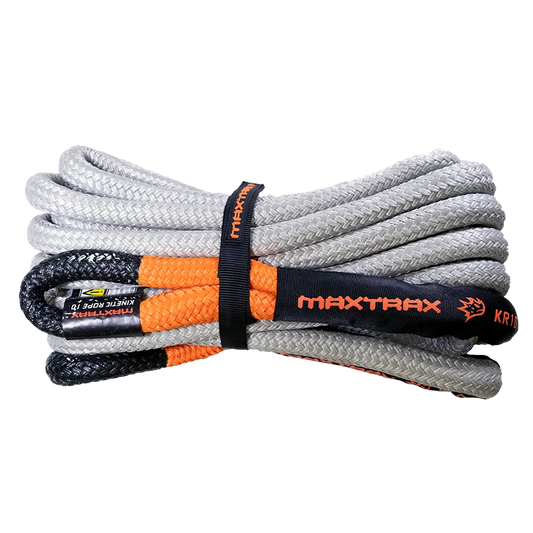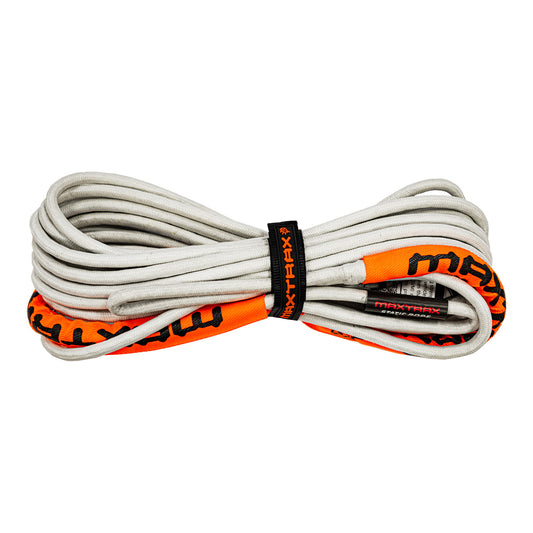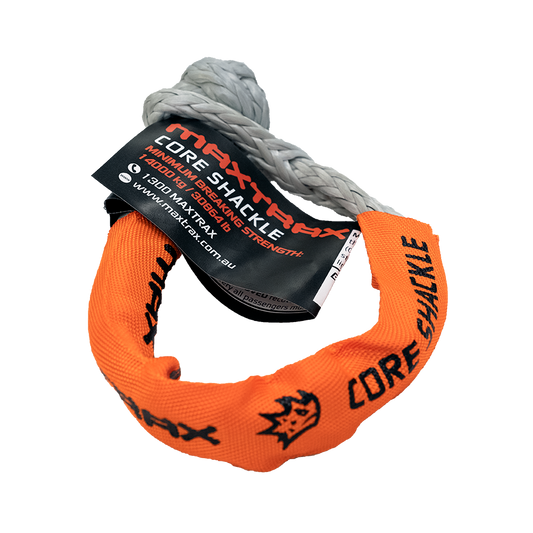Having just completed the process, I thought I’d share a few tips for those looking at heading down the same path.

Why Seek Sign Off?
We all have different goals and risk tolerances which makes this question hard to answer. Instead, I’ll share why I chose to do it.
Safety
I’m lucky my wife Gen enjoys travel too and joins me on many Adventure Curated and personal trips. While I like tinkering on our LandCruiser, I also feel a responsibility to make sure it’s a safe vehicle for our travels.
I also feel a responsibility to fellow road users. If my vehicle was unsafe and the cause of an accident that hurt others – well, that’s simply something I am proactively trying to avoid.
The Australian Design Rules (ADRs) set a clear benchmark for what safe is. Fitting ADR approved accessories and going through the sign off process is a comprehensive way of proving to myself that my vehicle meets the mark.
Prove Engineering
We do plenty of outback travel each year, and I also wanted to be sure the accessories I’ve fitted are up to the task. Problems found in the city can be costly, but if on isolated tracks it is an entirely worse scenario.
Every modification we make is a potential failure point. It’s engineering that can prove that GVM upgrade solutions, changed diffs and fuel tanks are all up to the task.
Insurance
If you’re anything like me, the thought of writing off your 4×4 is terrifying. I take some peace from that fact that my insurer has covered my vehicle and the long list of modifications, but it’s evident in the fine print that there is wiggle room for them if my modified 4×4 isn’t road legal.
Personally, this is not a risk I’m willing to take. While it’s a financial risk, it’s also risking my future ability to explore. Without an insurance payout, rebuilding a new vehicle would not happen quickly.
Avoid Infringements
Infringements are the least important issue for me, but when I’m travelling, I’d rather avoid the hassle. If my vehicle modified 4×4 is legal, and my loads are within limits, it’s less stressful if you do get checked.
Our Modified 4×4
There are four accessories on our LandCruiser that required engineering and approval – our GVM Upgrade, long-range fuel tank, track correcting diff replacement and upgraded brake booster.

The Sign Off Process
GVM Upgrade
In our LandCruiser, we have an ARB Old Man Emu GVM Upgrade which took the GVM from 3060kg to 3660kg. As we bought the vehicle new, we could do the GVM upgrade pre-registration. This process is known as the Second Stage of Manufacture.

Toyota trucked the Cruiser to our local ARB who fitted the suspension, added the new compliance sticker, and trucked it back to our local Toyota without a hitch.
While our local dealership was helpful, they, like many people, were bewildered about how the GVM upgrade process works. Fortunately, I’d received good advice before the process and was able to micro-manage this process somewhat, as my vehicle almost was registered without the upgraded GVM. In the hands of experts, you won’t need to do this, but it may be worth following this part of your build closely.

Once registered by Toyota, it was a simple visit to the Department of Transport who rubber-stamped the paperwork and made the update in their system. My Vehicle Licence paperwork now shows the new GVM. It’s worth checking this to make sure there haven’t been any glitches in the process.

For those doing a GVM upgrade post-registration, there is a couple of extra steps, but the process can vary from state to state. Here in WA, an approved engineer needs to sign off on the system. They usually check they are happy with the ADR kit approved, call the fitter to confirm correct fitting, and then they inspect the vehicle themselves. A Department of Transport inspection is also required before the upgrade is official.
Axle, Brake Booster & Long Range Fuel Tank
In our LandCruiser, I’ve also fitted a JMACX Rear Axle, JMACX Brake Booster and Long Ranger 180L Replacement Fuel Tank.

These three upgrades were processed together. All of these accessories are ADR approved. The first step was to send photographs to the engineer, Heavy Vehicle Certifications in Perth, as well as the Serial Number of the fuel tank.

The engineer then contacted the approved fitters to confirm they completed the work. Next, they inspected the vehicle personally and issued a compliance plate showing the modifications.

The final step was a WA Department of Transport Vehicle Inspection, to confirm the process and allows for the change to be recorded in their system legally.
Summary
When fitting ADR compliant accessories, adding the required changes to your compliance plate is straight forward. The challenge for me was in the misinformation in circulation. Speaking directly to manufacturers and engineers before committing to modifications is an excellent way to ensure a smooth path before investing in accessories that may not be ADR approved or get engineering approval easily.



